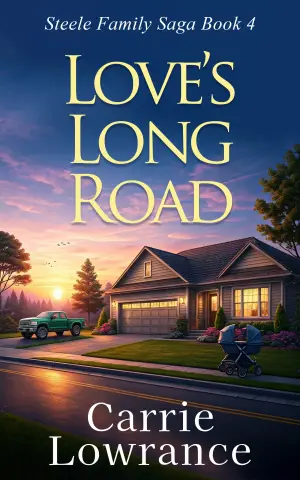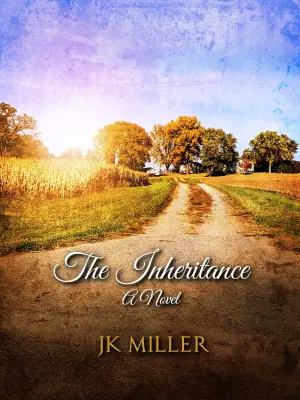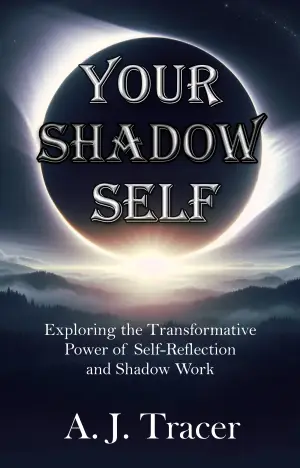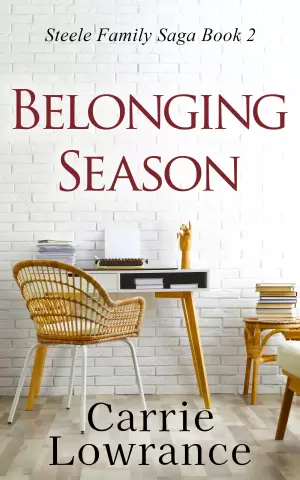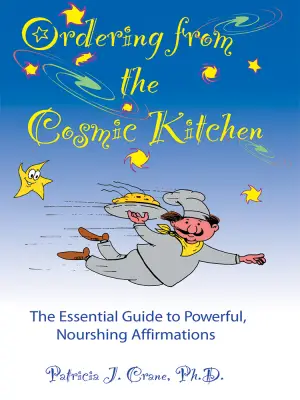The Forgotten Summer of Seneca: A Portal to Grief and Growth
When I first stumbled across The Forgotten Summer of Seneca by Kelly Barnhill, I was drawn in by the premise—a summer filled with adventure, magic, and a young girl grappling with the loss of her father. As someone who has always found solace in stories that blend the fantastical with heartfelt emotions, I couldn’t resist diving into this enchanting tale.
Set against the vibrant backdrop of Manhattan, the story follows Rowan Robinson, a teenager who is navigating her grief after the death of her father. Dragged unwillingly to her Aunt Monica’s bustling city life instead of being at home on Long Island, Rowan initially sulks amidst craft materials and city escapades. However, her encounter with an old camera belonging to her father changes everything—opening a portal to a magical version of Seneca Village, a historically rich Black community lost to the progress of the 19th century. This time slip allows her to meet Lily and embark on a quest that blends her contemporary world with a unique glimpse into history.
What resonated with me the most was Rowan’s struggle with grief—a theme beautifully interwoven throughout the narrative. Kelly Barnhill seamlessly captures the convoluted emotions of loss, offering readers a nuanced perspective that many middle-grade books often skimp on. While Rowan has a therapist to help with her journey, her experiences echo a compelling truth: healing is not linear. This honest portrayal of grief is not just a backdrop but the fabric of Rowan’s adventures, enriching both her character and the plot.
The writing style is another delight. Barnhill has a knack for crafting engaging prose that is both poetic and accessible. The pacing oscillates delightfully between Rowan’s mundane joys in the city and her extraordinary escapades in Seneca Village. This rhythm draws you deeper into the unfolding narrative, making it hard to put the book down. There’s an effortlessly fluid quality to her storytelling that invites readers into the vibrant experiences of both realms.
A standout moment that struck a chord with me was when Rowan explores the Metropolitan Museum with Lily, blending her modern sensibilities with the heritage of Seneca Village. It beautifully encapsulates the message that understanding our past, even in its pain, is crucial for moving forward. Barnhill doesn’t just create a fictional world; she fosters a genuine connection to history that lingers long after you close the book.
However, while I loved the magical elements, I found myself wishing Barnhill had delved deeper into the historical significance of Seneca Village without the added fantastical layers. The rich history of the community is so compelling that it almost felt overshadowed by the magic. Just imagining the real lives that once thrived there suffused each page with a gravity that could stand on its own merit.
In conclusion, The Forgotten Summer of Seneca is an enriching journey through grief, magic, and a poignant reminder of lost histories. It’s a must-read for those who appreciate books that weave together strong emotional arcs with lesser-known historical truths. I’d recommend it to anyone who enjoys a good time slip—as well as those looking to reflect on their own experiences with loss. This book not only transported me to Manhattan but also encouraged me to confront my own past and the legacies we carry with us. Happy reading!
Discover more about The Forgotten Summer of Seneca on GoodReads >>



